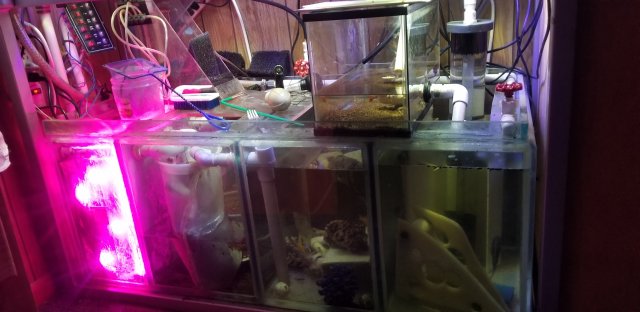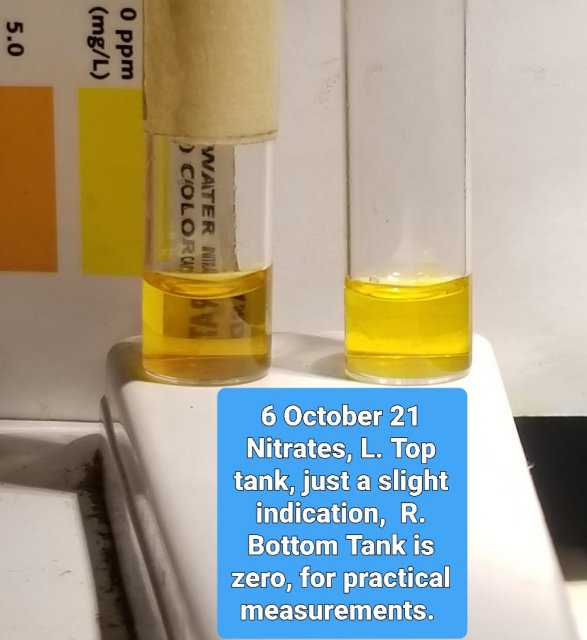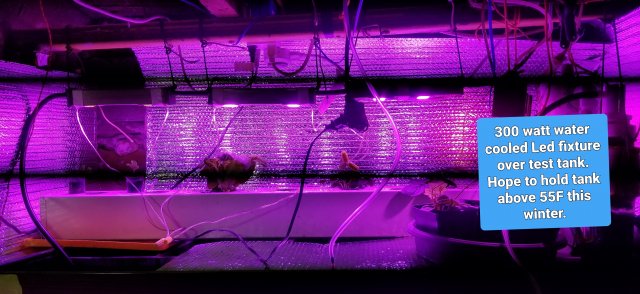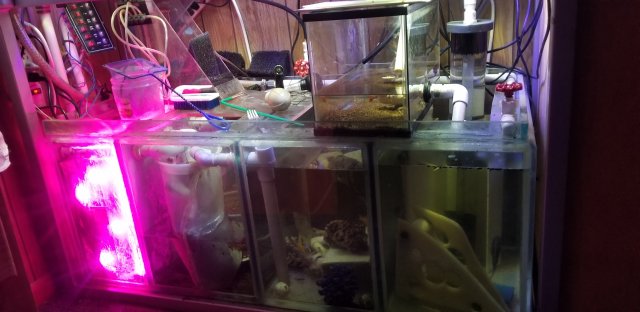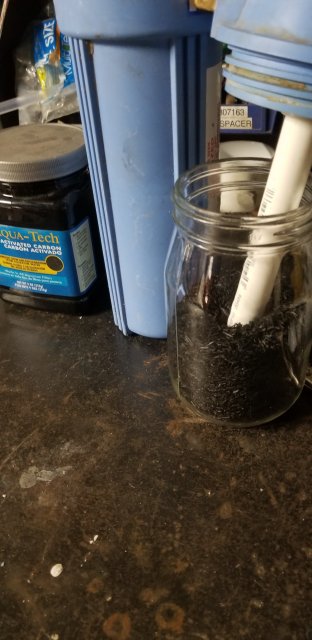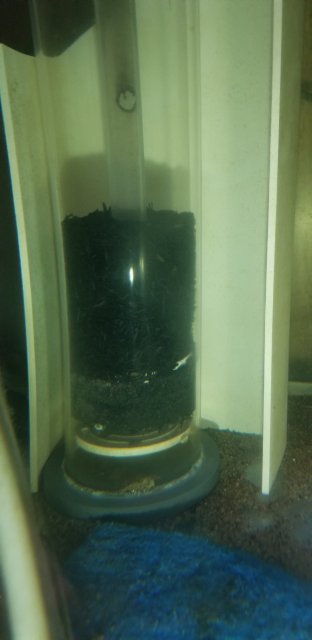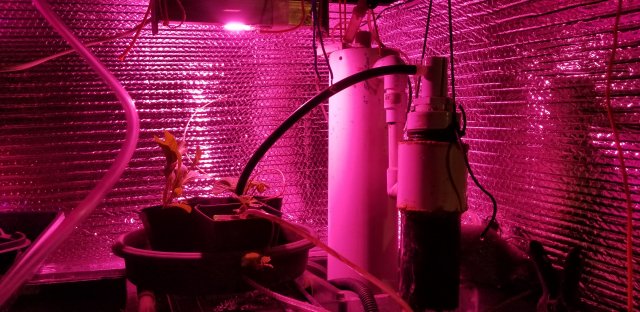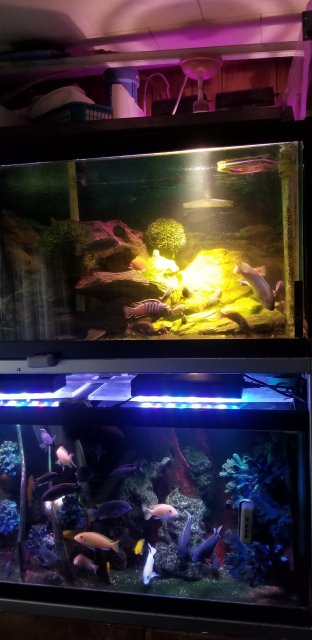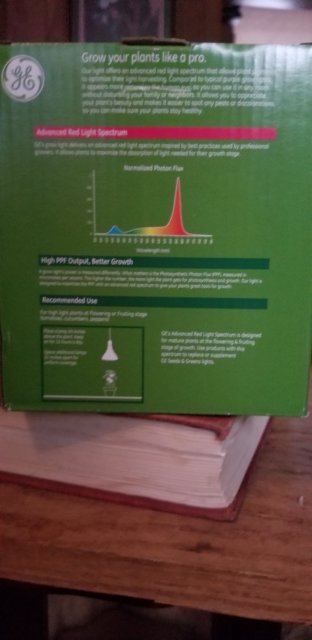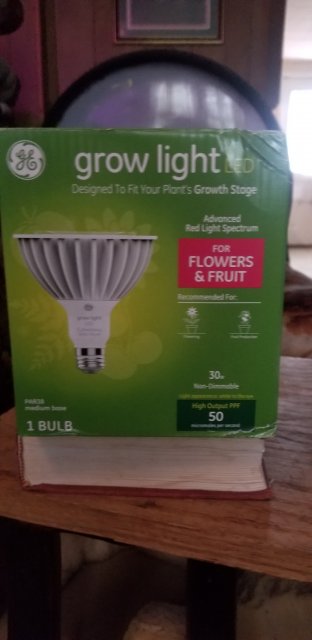It took me and several PHd colleagues to figure it out, but after algea scrubbers, cfls to several generations of LED's. Anaerobic reactors, fluidized reactors.
Precision Pyrolysis on a pharmaceutical grade of Arti char. Also known as biochar, but their is a difference between carbon, being lignite or anthracite. Graphene or carbon fiber.
So far I have eliminated, bluegreen algea, and can leave my 300 watt liquid cooled LEDS, on 12hr a day, in my faux reef 235 gallon system. My top tank, the old algea scrubber only as primary filtration, is no longer filtered by any algea, only Artichar, and mechanical filter socks. 130 gallons
My faux reef still has 60 watts of upflow algea scrubber. As primary bio filter, augmented with 6 oz of Artichar in side a reactor, very similar flow rate as my old contained carbon dosing setup. 235 gallons
Both tanks went from 30 ppm Nitrate to 0 ppm nitrate in less than 30 days. With out any water changes.
My multi compartment basement test tank went from ?150ppm to 0 ppm in about 45 days. 100 gallons.
Basically Arti Char is pure carbon, with a ph of around 7.8, it is made by heating organics, very hot, for a very definite time, in a completely anaerobic reactor.
It is about half the price of old fashioned activated carbon. Which is made of coal. ARTICHAR, is made with hard wood, oats, beans, any thing really. Each feedstock has different structures of carbon, porosity, density. Which make it very different from char coal, and activated. I use about 6 ounces per month.
Precision Pyrolysis on a pharmaceutical grade of Arti char. Also known as biochar, but their is a difference between carbon, being lignite or anthracite. Graphene or carbon fiber.
So far I have eliminated, bluegreen algea, and can leave my 300 watt liquid cooled LEDS, on 12hr a day, in my faux reef 235 gallon system. My top tank, the old algea scrubber only as primary filtration, is no longer filtered by any algea, only Artichar, and mechanical filter socks. 130 gallons
My faux reef still has 60 watts of upflow algea scrubber. As primary bio filter, augmented with 6 oz of Artichar in side a reactor, very similar flow rate as my old contained carbon dosing setup. 235 gallons
Both tanks went from 30 ppm Nitrate to 0 ppm nitrate in less than 30 days. With out any water changes.
My multi compartment basement test tank went from ?150ppm to 0 ppm in about 45 days. 100 gallons.
Basically Arti Char is pure carbon, with a ph of around 7.8, it is made by heating organics, very hot, for a very definite time, in a completely anaerobic reactor.
It is about half the price of old fashioned activated carbon. Which is made of coal. ARTICHAR, is made with hard wood, oats, beans, any thing really. Each feedstock has different structures of carbon, porosity, density. Which make it very different from char coal, and activated. I use about 6 ounces per month.


